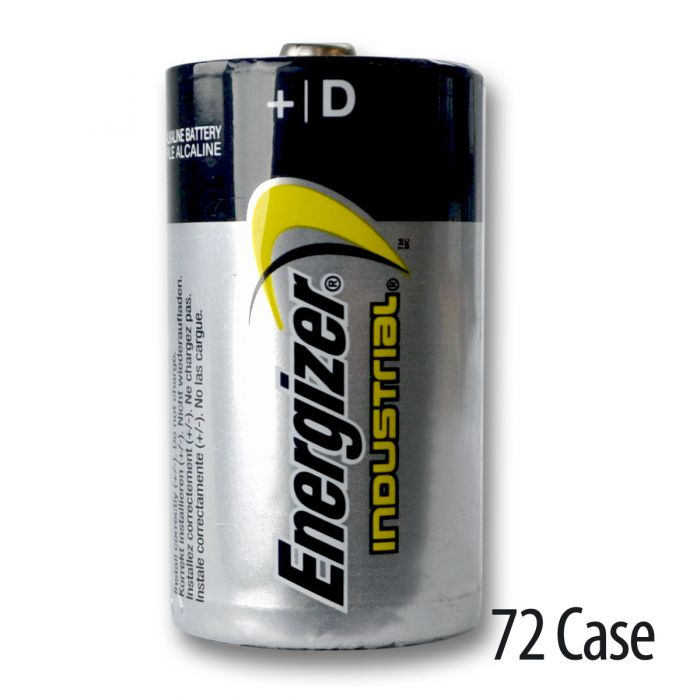
This merit is crucial to meet the long-term cycling requirement of beyond-LIBs, however, has rarely been achieved thus far, to the best of our knowledge 12, 13, 14. Among the intercalation electrodes, zero-strain electrode materials with excellent long cycling performance have attracted great attention due to their negligible lattice parameter change (<1%) during guest ion insertion and extraction. Since then, the layered materials have received major research interests as the intercalation electrodes for rechargeable batteries, including beyond-LIBs.

Later, in 1980, John Goodenough and co-workers reported a layered transition metal oxide, LiCoO 2, and variants of which are still being used in the majority of smart phone batteries today 11. The first layered electrode materials used in LIBs was transition metal disulfides, such as TiS 2, developed by M. Layered materials, based on an intercalation mechanism, have been particularly studied in alkali metal-ion batteries for their stable cyclability and high rate capability, benefitting from effective and simple intercalation chemistry of ions into their large interlayer galleries 8. Despite these promising aspects, the development of these beyond-LIBs has been impeded by the lack of suitable electrode materials 5, 6, 7. In particular, the ZIBs and AIBs are attractive for their superior theoretical volumetric energy densities because of the multi-electron transfer reactions (Supplementary Fig. Similar to Li-based chemistry, the Na and K have suitable redox potentials, endowing SIBs and PIBs with high terminal voltages and potentially high energy densities (Supplementary Fig. Na, K, Zn, and Al are abundant metallic elements in the earth crust, far exceeding Li (Supplementary Fig. In this regards, beyond-lithium-ion batteries (LIBs) are recently extensively investigated, including sodium-ion batteries (SIBs), potassium-ion batteries (PIBs), zinc-ion batteries (ZIBs), and aluminum-ion batteries (AIBs) 2, 3, 4, 5. The rapid development of renewable energy resources has triggered tremendous demands in large-scale, cost-efficient and high-energy-density stationary energy storage systems 1. This work heralds a promising strategy to utilize strain engineering of 2D materials for advanced energy storage applications.

Moreover, the as-prepared 2D multilayered heterostructure can also be extended as cathodes for high-performance Na +, Zn 2+, and Al 3+-ion batteries. When applied as cathodes in K +-ion batteries, we achieve a high specific capacity of 160 mA h g −1 and a large energy density of ~570 W h kg −1, presenting the best reported performance to date.

In-situ characterization and theoretical calculations reveal a reversible intercalation mechanism of cations in the 2D multilayered heterostructure with a negligible volume change. Here, we demonstrate a new type of zero-strain cathode for reversible intercalation of beyond-Li + ions (Na +, K +, Zn 2+, Al 3+) through interface strain engineering of a 2D multilayered VOPO 4-graphene heterostructure. However, the main challenge lies in the development of suitable electrode materials.

Beyond-lithium-ion batteries are promising candidates for high-energy-density, low-cost and large-scale energy storage applications.


 0 kommentar(er)
0 kommentar(er)
